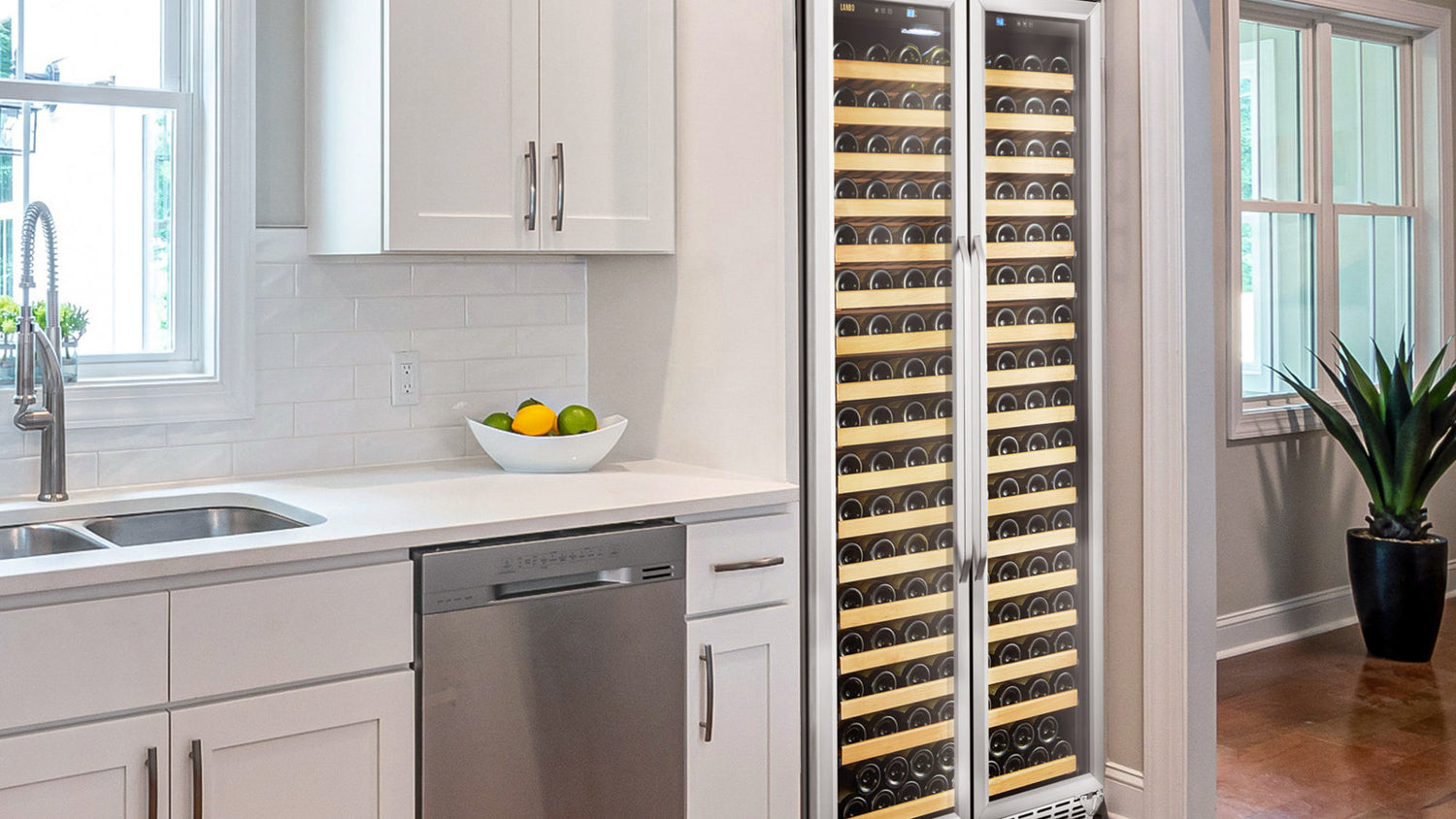Unlocking the Essence: The Best Wine Serving Temperature
Introduction: Wine is a sensory experience that encompasses the aromas, flavours, and textures that can transport us to different places and moments. While the quality of the wine itself is essential, serving it at the right temperature can enhance its characteristics and elevate the overall enjoyment. In this blog, we will explore the importance of serving wine at the optimal temperature and provide guidelines for finding the sweet spot to unlock the full potential of your favourite wines.
Understanding the Impact of Temperature: Temperature plays a vital role in wine appreciation as it directly influences the aromas, flavours, and structure of the wine. Serving wine too cold can mask its aromas and mute its flavours, while serving it too warm can make it taste flat and overpowering. By serving wine at the ideal temperature, you allow its unique qualities to shine, revealing the winemaker's craftsmanship and the wine's true character.
White Wines: White wines are generally best served chilled. However, different varieties have their own temperature preferences. Light-bodied whites such as Sauvignon Blanc and Pinot Grigio are best served between 45°F and 50°F (7°C and 10°C). This temperature range preserves their refreshing acidity and vibrant fruit flavours. Medium to full-bodied whites like Chardonnay and Viognier should be served slightly warmer, around 50°F to 55°F (10°C to 13°C), allowing their complex aromas and creamy textures to unfold.
Rosé Wines: Rosé wines, known for their delicate and fruity profiles, should be served chilled as well. Aim for a temperature range of 45°F to 50°F (7°C to 10°C). This cool temperature ensures that the wine remains crisp and lively on the palate while maintaining its refreshing characteristics.
Red Wines: Red wines, often associated with rich and complex flavours, are best served at a slightly warmer temperature than most people realize. Serving reds too warm can emphasize the alcohol and overpower the flavours, while serving them too cold can mask their aromas. Light-bodied reds, like Beaujolais and Pinot Noir, should be served between 55°F and 60°F (13°C and 15°C), allowing their delicate aromas and vibrant acidity to shine. Medium to full-bodied reds, such as Merlot and Cabernet Sauvignon, benefit from a slightly warmer temperature of 60°F to 65°F (15°C to 18°C), enabling their tannins to soften and their complex flavours to develop.
Sparkling Wines: Sparkling wines, including Champagne and Prosecco, are renowned for their effervescence and celebratory nature. To preserve their delightful bubbles and balance the acidity, it is recommended to serve them well chilled at around 40°F to 45°F (4°C to 7°C). This temperature range ensures a crisp and refreshing experience with every sip.
Experiment and Personal Preference: While these temperature guidelines provide a solid foundation for wine service, it's important to remember that personal preference plays a significant role. You may find that you prefer your reds slightly cooler or your whites a touch warmer. Don't be afraid to experiment and find the temperature that best suits your taste buds. Keep in mind that it's easier to warm up a wine that's too cold than to cool down one that's too warm.
The temperature at which wine is served has a profound impact on its aromas, flavours, and overall enjoyment. By understanding the ideal serving temperatures for different wine types, you can elevate your wine experience and fully appreciate the nuanced qualities each bottle has to offer. Remember, it's not only about following the guidelines but also about discovering your personal preferences.


